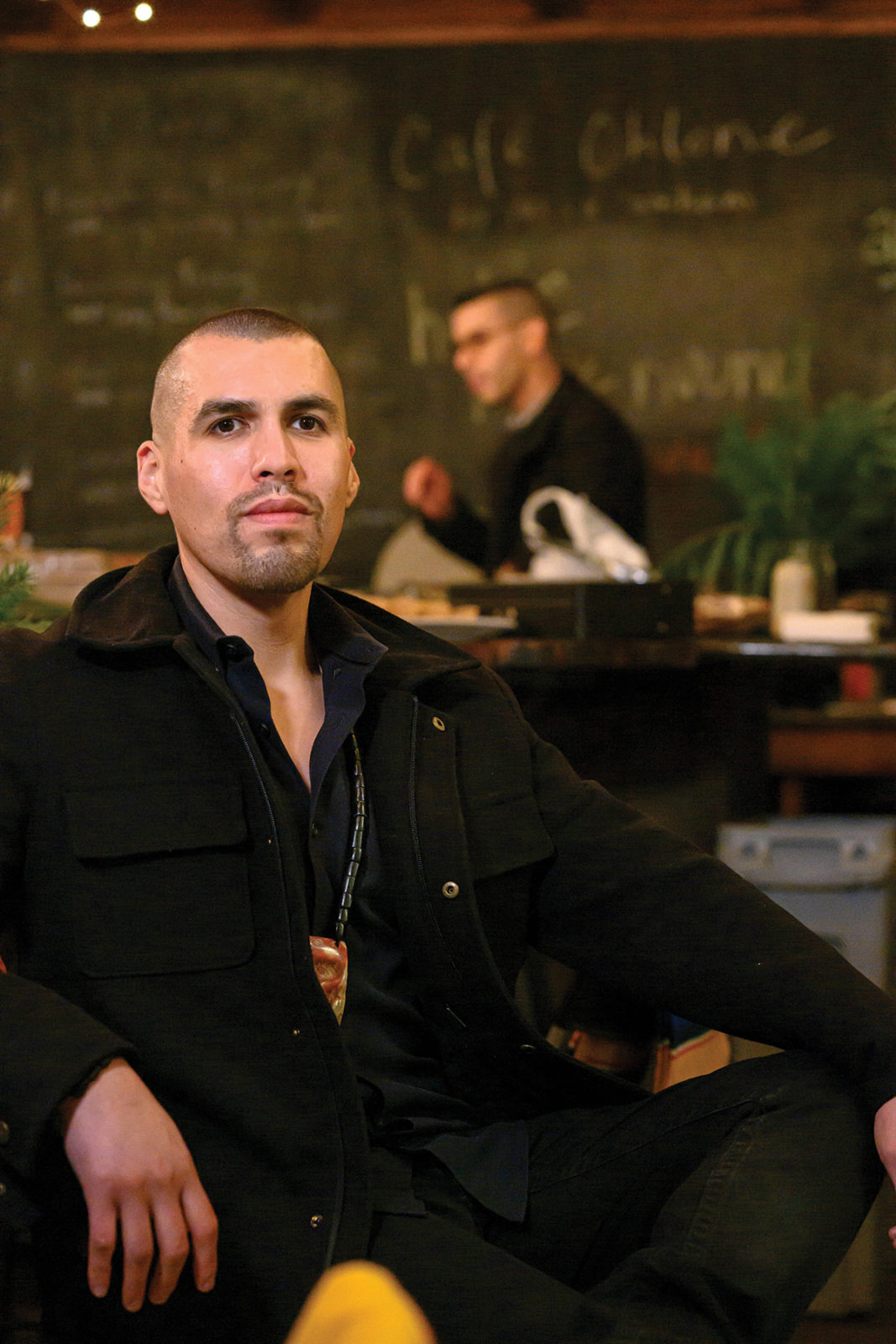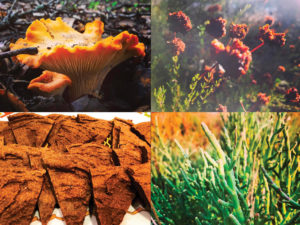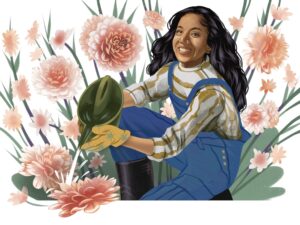
Vincent Medina learned as a volunteer tending the gardens at Mission Dolores in San Francisco that his grandmother from six generations ago was buried in its cemetery. She lived at the mission against her will until she died. A Chochenyo-speaking Muwekma Ohlone, she was originally from what today is called San Lorenzo in the East Bay. “This is where I’ve spent my entire life; it’s where I was born. My mother’s water broke along San Lorenzo Creek,” Medina says.
Learning that his oldest recorded ancestor was from his home emboldened him. Growing up in San Lorenzo, he’d been surrounded by Ohlone family; he attended tribal summer camps in Sunol and cultural classes in Coyote Hills where kids learned about their remaining traditions from tribal members and elders. As a kid he knew about the genocide, but not the full extent of it.
It was 2008 when Medina began to dive into the Mission Dolores archives and grasp the depth of the atrocities his ancestors there endured. “I read quotes about how when Indians spoke their language, they were beaten. When they gathered their food, people were flogged and punished, dehumanized and humiliated.”
The mission archives, full of such stories in handwritten detail, left him angry but motivated. “A channel for that anger was to bring back things they tried to take from us. I started with language. I thought, ‘This could be fixed if we spent enough time with it.’” Spending hundreds of hours poring over historic sources, he and others began to reconstruct Chochenyo, an Ohlone language spoken in the East Bay until the last native speaker died in 1934. Medina and others can now speak and write Chochenyo with conversational fluency.
Also based on archival and family research and lots of experimenting, Medina and Louis Trevino, his Rumsen Ohlone partner, opened Cafe Ohlone in 2018 in Berkeley, serving traditional Ohlone foods with a modern twist to tribal communities and the public. “We are not the last Ohlone; we are not a dying race,” he says. “In fact, our population is going up. There isn’t only tragedy, loss, and defeat—although there is no question that is there. But there’s more. There’s also love, persistence, and a beautiful, meaningful culture that we’ll continue to revive and carry into the future.”




